With the introduction of the 911 GT3 in 1999, the then-new alphanumeric affixed to the three-digit model name of the famous rear-engined sports car referenced the GT class of sports cars in which future competition versions of the 911 were to compete.
As part of the 996-generation model range which got the air-cooled purists up in arms for the model’s move to water-cooling, the GT3 promised to usher in a new chapter of lightweight, track-hardened Porsche 911, preceded by three generations of Carrera RS (short for Renn Sport, or Race Sport).
The objective was to bring racetrack prowess to the road, and to that end the expertise of the Porsche Motorsport specialists in their Weissach outpost were brought in. Chassis alterations to the 996 included a wider body to accommodate more substantial wheels and tyres, with ride height lowered by 30 mm from the standard Carrera variants.
Displacing 3.6 litres and producing 360 PS, the horizontally-opposed six cylinder engine was less a bored-out version of the 3.4 litre unit in the 996-generation Carrera, and more an adaptation of the 3.2 litre unit from the 911 GT1 racer.
The design of this turbocharged engine from which the naturally aspirated GT3’s engine originated was overseen by Porsche engine designer Hans Mezger, thus lending his name informally to the Motorsport division’s powerplants also for the 962 prototype racer, water-cooled 959 and eventually the GT3 engines – officially the M96/72 – until the end of the 997 GT3 range.
The ‘Mezger’ engine was preferred for its motorsport roots, in particular for its dry-sump design which prevents oil surge in prolonged, high lateral force cornering frequently encountered on race tracks, whereas the more mainstream engine in the Carrera versions used a two-piece crankcase design which was still essentially wet-sump.
This was paired with a six-speed manual transmission and a limited-slip differential from the 911 GT2 that came before, and could be installed with ratios that were interchangeable for different circuit demands. To enable chassis fine-tuning, axle geometry, anti-roll bars and damper rates could be altered. An available Clubsport version added a bolt-in roll cage and a lighter flywheel, the latter for sharper engine response.
Rolling off the Weissach production line in May 1999, the 996-generation 911 GT3 also served as the basis for 911 GT3 Cup, GT3 R and GT3 RSR versions that would go on to compete in GT-class racing. Each generation of the 911 from the 996 onwards would have a GT3 version, and the track-honed model would also be updated with mid-lifecycle facelifts.
At the beginning of the GT3 nameplate’s life, former rally champion Walter Rohrl took the 996-generation GT3 around the Nurburgring Nordschleife in 7 minutes 56 seconds; a considerable achievement in 1999.
Enter the 996.2 GT3 of 2003, which saw power and torque grow to 381 PS and 386 Nm along with the addition of VarioCam variable valve timing on the intake side. Chassis updates included the introduction of the Porsche Ceramic Composite Brake (PCCB) system to the GT3 options list, the uprated brakes also featuring on the contemporary, water-cooled GT2; ceramic brakes became available on the GT3 from this point forth.
The following 997-generation which arrived in 2006 persevered with the 3.6 litre capacity for its flat-six engine, though peak power now 415 PS arriving at 7,600 rpm and peak torque of 404 Nm at 5,500 rpm, with a 8,400 rpm limiter.
On the chassis front, the 997 GT3 brought electronically controllable suspension in the guise of Porsche Active Suspension Management (PASM), and rolling stock would now grow to a 19-inch diameter until the end of the 997 generation, up from the 18-inch items used by the 996 GT3s. Meanwhile, the still-hydraulically assisted steering was at this point variable ratio.
These were joined by a Sport button and electronically controllable exhaust valves; the 997-generation GT3 weighed 1,395 kg. For those after additional track-oriented interior equipment, a Clubsport pack with roll cage and full bucket seats was a no-cost option.
The facelifted iteration of the 997 GT3 arrived in 2009, and would be the first version to take a capacity hike to 3.8 litres since the nameplate’s introduction 10 years prior. With this and VarioCam which now acts on both intake and exhaust sides, outputs grew to 435 PS at 7,600 rpm and 430 Nm of torque at 6,250 rpm.
Driveline here on the 997.2 GT3 would continue to be a six-speed manual driving the rears via a limited-slip differential, before a two-pedal and two-paddles setup was introduced for the next GT3. Chassis updates for the 997.2 GT3 included an optional front-axle lift system, initially seen on other supercars for an easier life negotiating parking ramps, while dynamic engine mounts were also optionally available for the first time.
These could vary from a soft setting to aid refinement under normal driving, and then stiffen up to better control the mass of the rear-mounted engine under high lateral force situations. Here on the 997.2 GT3, electronic stability control was also linked with traction control. Wheel diameter remained at 19 inches, though the 997.2 update brought centre-locking wheels to the GT3.
The 991-generation 911 GT3 made its debut in 2013, and plenty was different about it. The 997 it followed was fundamentally an extensively reworked 996, and with the 991 being all-new, a host of new approaches were used.
The 3.8 litre 9A1 direct-injection engine adapted from the 991-generation Carrera S replaced the venerable Mezger engine architecture, though it continued to use lighter, fortified internals made of titanium and produced 475 PS at 8,250 rpm and 440 Nm of torque at 6,250 rpm, with a 9,000 rpm limiter. This was paired exclusively to a seven-speed PDK dual-clutch auto.
In place of a manual, Porsche aimed to bring back some driver involvement to the 991 GT3 proceedings with a ‘paddle neutral’ function, where pulling both shift paddles at the same time de-coupled the transmission, and releasing the paddles would snap the clutch shut again, effectively providing a means of ‘clutch kick’.
Joining the new componentry was electrically assisted steering, also from the 991 Carrera range, albeit with bespoke software and a stiffened chassis front end, along with electromechanical rear-axle steering. Rolling stock grew in diameter once again, now at 20 inches, and housed carbon-ceramic brakes up to 350 mm. The new technologies added up on the scales, though Porsche managed to keep the 991 GT3 at 1,430 kg.
Four years on, the 991.2 GT3 made its debut, and this time the PDK seven-speed, dual-clutch auto is joined by a six-speed manual from the pre-facelift 911 R, in both cases pairing with a flat-six that is now 4.0 litres and codenamed 9R1.5, producing 500 PS at 8,250 rpm and 460 Nm of torque at 6,000 rpm.
Unlike the preceding 4.0 litre engine in the pre-facelift 991 GT3 RS and limited-run 911 R which was capped at 8,800 rpm, the unit used in the 991.2 GT3 could rev to a full 9,000 rpm. Porsche mated the PDK with an electronically controlled LSD for quicker responses, while the six-speed manual was paired with a fully mechanical limited-slip differential.
Partly to stave off speculators who drove prices of the 911 R skywards, Porsche introduced the Touring package for the 991.2 GT3. This replaced the large fixed rear wing for a retractable item and a leather interior – similar to 911 R fashion, though it does without the single-mass flywheel and carbon-fibre bodywork drawn from the R’s contemporary, pre-facelift 991 GT3 RS.
The next-generation 911 GT3 based on the latest 992 model has been in its development stages, and is set to make it debut rather soon; possibly at the forthcoming Frankfurt Motor Show in September. Out of all these, which are your favourites?
Looking to sell your car? Sell it with Carro.

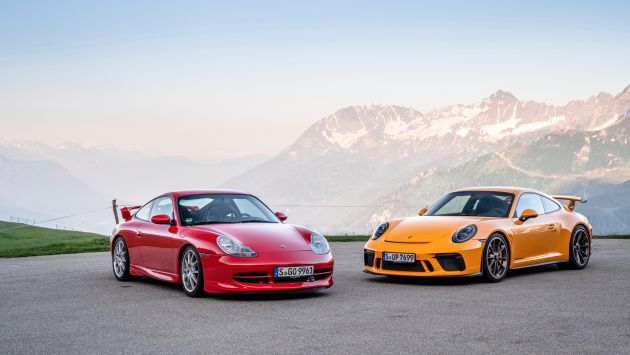
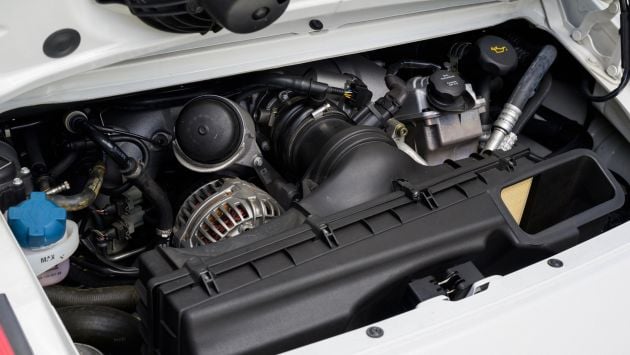
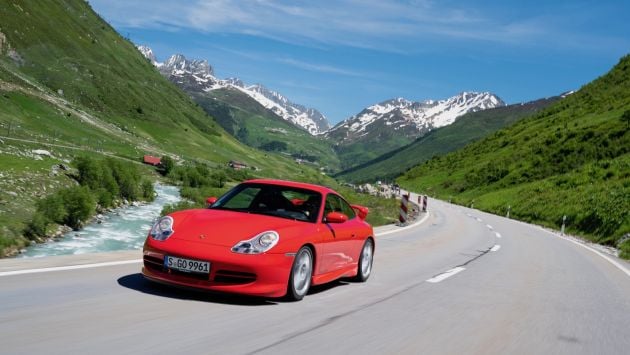
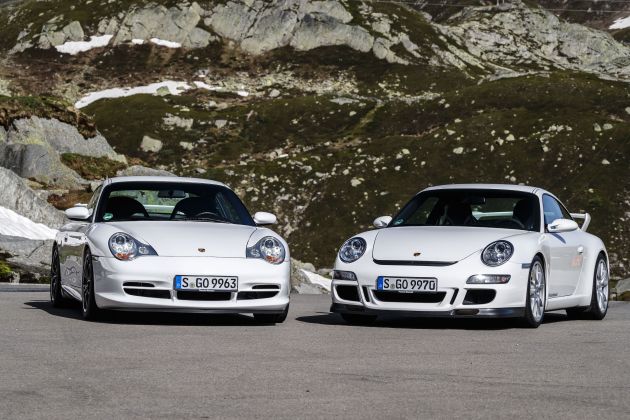
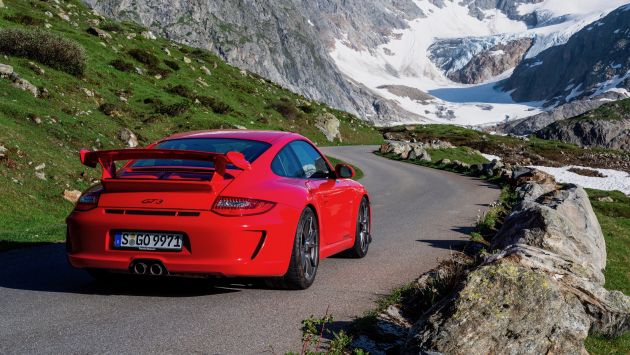
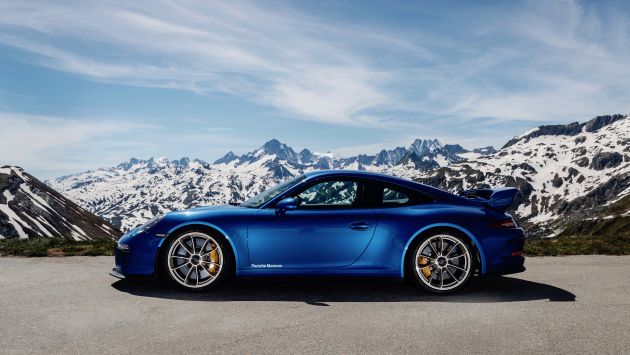
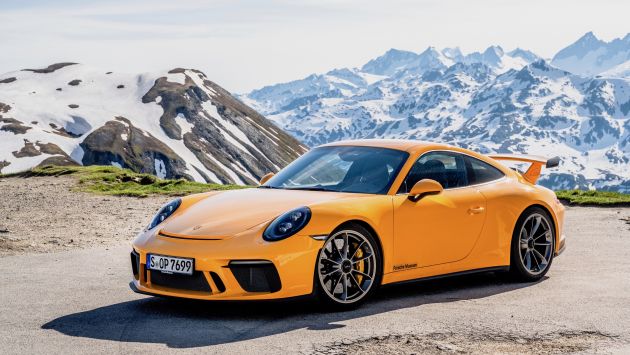













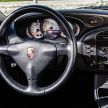










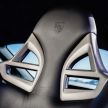



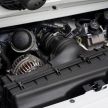









































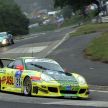







Cant recall where but I heard GT3 variant was made for FIA homologation that needed some road going production cars, much like Group A rally. And somehow it became so popular that Porsche continued to build them way past the required minimum numbers for GT3 racing.
Throughout the years, 911 GT3 has grown in luxury from the purposely barebones, hardcore racing specs to a more plushier road & user-friendly car of today.
911 GT3 RSR is still a hardcore racer with built-in rollcage, fire extinguisher etc. But even the standard GT3 is quite hardcore.
I saw a report of a GT3 tested by a professional racer. He said that it’s a nice car, but too extreme for road use. He would choose the 911 Turbo…